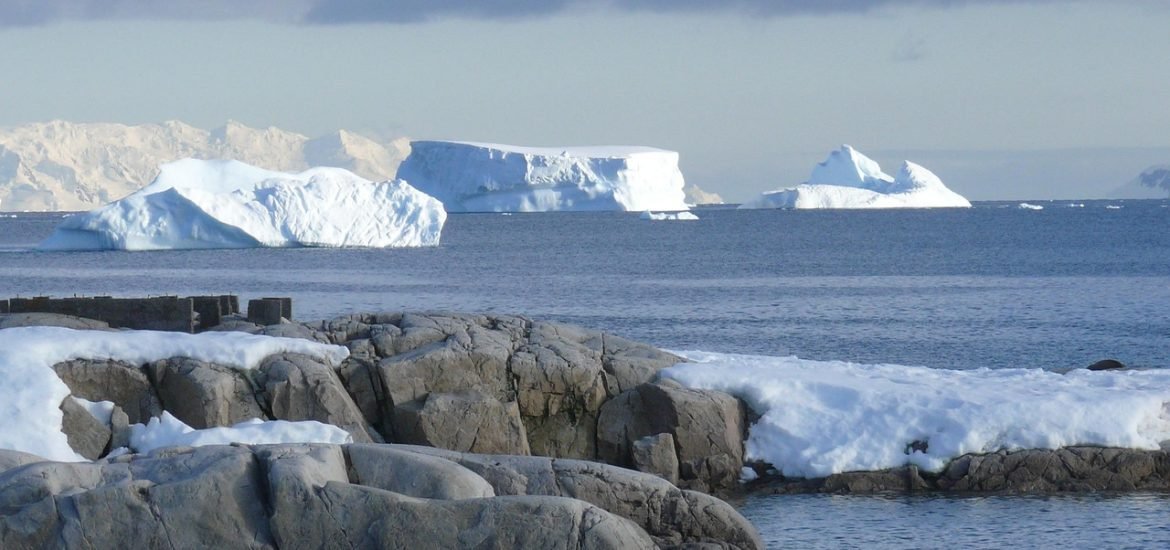
Fishing vessels compete more with whales, penguins, and seals for krill in the Southern Ocean, according to a study published in the Proceedings of the National Academy of Sciences. These authors emphasise that understanding how and when fishing boats and wildlife meet is important to develop safe fishing rules.
Antarctic krill is a key food source for whales, seals, penguins, and many other species, but these crustaceans may be being fished in excess. Using acoustic recordings to identify areas and periods where there is an overlap between fishing and krill predators, a research team from the Alfred Wegener Institute and the Norwegian Institute of Marine Research in Bergen wanted to assess the consequences for this ecosystem
“In conducting our study, together with our colleagues from Norway, we analyzed more than 30,000 hours of echo sounder recordings collected by three krill fishing vessels in the Southern Ocean over a period of six years,” said Dominik Bahlburg from the Alfred Wegener Institute, Helmholtz Centre for Polar and Marine Research (AWI).
Using a segmentation model and artificial intelligence, the team identified signals that whales, penguins, and seals emit when they dive under fishing vessels. “During such encounters, ships and krill predators pursue the same krill swarms. This allowed us to systematically analyse this competition’s spatial and temporal dynamics to identify locations and time periods where the interaction between the two groups is particularly intensive,” added the researcher.
The team identified seasonal patterns specific to the various krill predators. For example, fishing boats encountered penguins and fur seals in the South Orkney Islands and South Georgia, but rarely whales. “The South Orkney Islands seem to be a real hotspot for encounters with penguins,” said Bahlburg. “Compared to the Antarctic Peninsula, they have received far less attention in the debate on the impact of krill fishing and many of the colonies affected there are currently not regularly monitored.”
This could be dangerous, however, as fishing vessels meet penguins here in summer during their main breeding season, in the vicinity of their breeding colonies. The authors suggest that the restriction zones already established on the Antarctic Peninsula don’t limit encounters between penguins and fishing boats. This means there is still direct competition for krill during the breeding season, but this moved to the South Orkney Islands.
Surprisingly, the team found out that fishing boats, penguins, and fur seals encounter each other just as frequently in the winter as in the summer season. In the past, krill fishing was done mainly during the winter to avoid contact. “However, the fact that the animals are now also encountering ships so frequently at this time may require a reassessment of this development,” said Bahlburg.
In contrast to the South Orkney Islands, in the Antarctic Peninsula, whales are the ones competing for krill. At this time, whales build up their fat reserves for subsequent migrations to their breeding grounds towards the equator.
“Remarkably, these patterns were quite stable for seals, penguins, and whales over a six-year period,” said Sebastian Menze from the Norwegian Institute of Marine Research. “Consequently, our results show that acoustic data from fishing vessels and machine learning can act as a reliable foundation for rapid and convenient assessments of fisheries’ interaction with the ecosystem.”
These results offer tremendous temporal and spatial coverage, as the vessels travel in different locations in the Southern Ocean almost all year round. “Thanks to our approach, we are expanding the potential uses for ecological questions and demonstrating new, cost-effective ways in which fishing vessels can actively contribute to krill fishery management,” emphasised Bettina Meyer, scientist at the AWI and German scientific representative in the Commission for the Conservation of Antarctic Marine Living Resources (CCAMLR). “Acoustic data make it possible to quickly draw an initial picture of how changes in fishery management or fleet behaviour impact the Antarctic ecosystem. This is particularly significant for periods of time or areas that are not well covered by existing research programmes.”